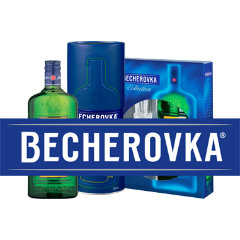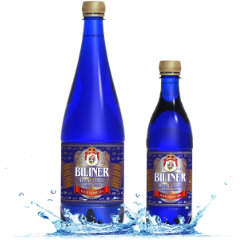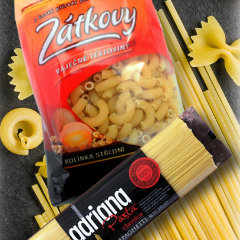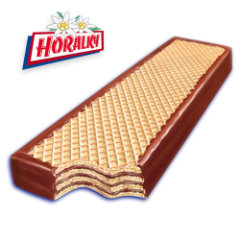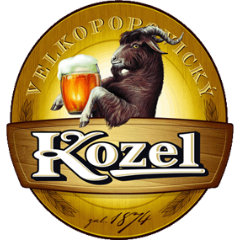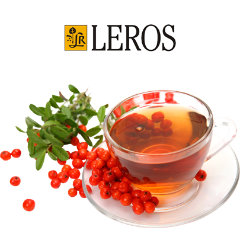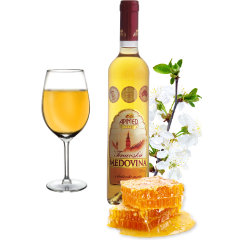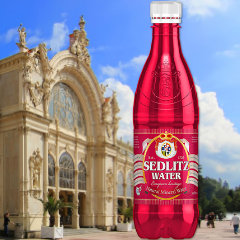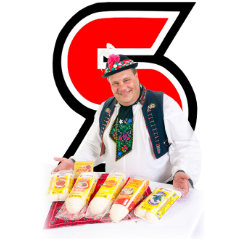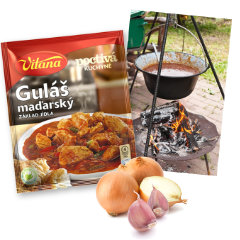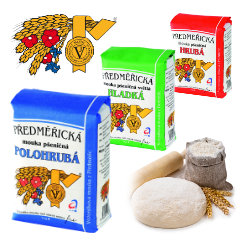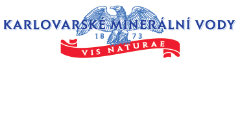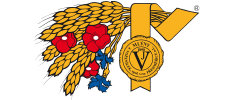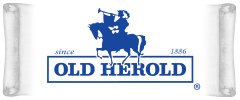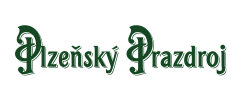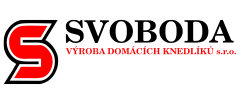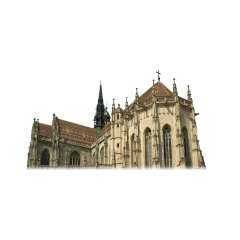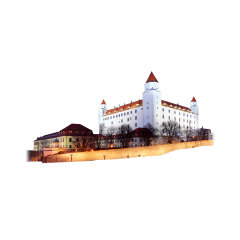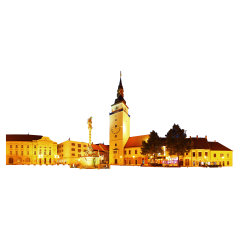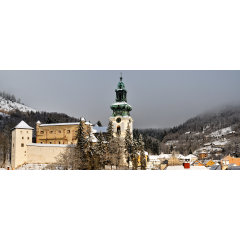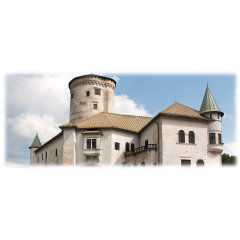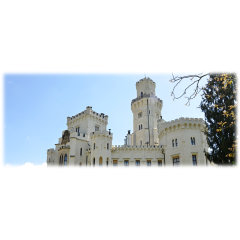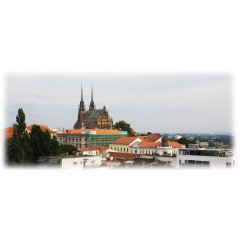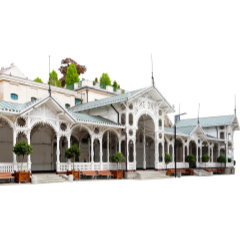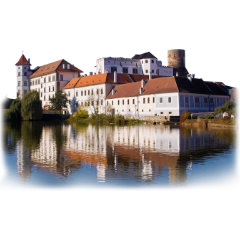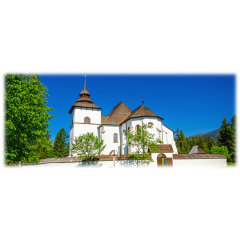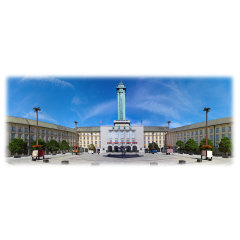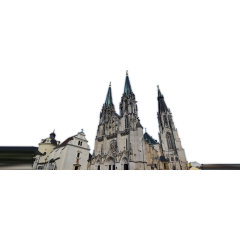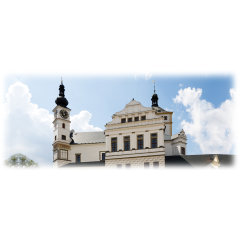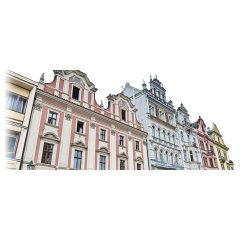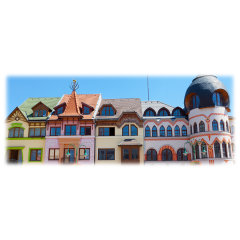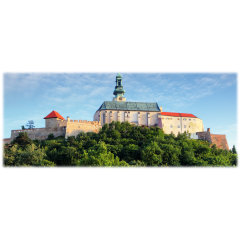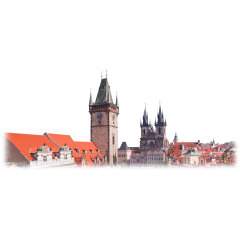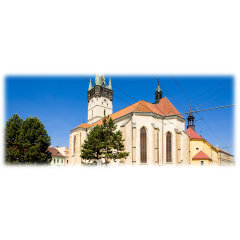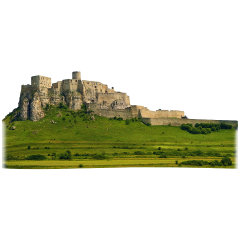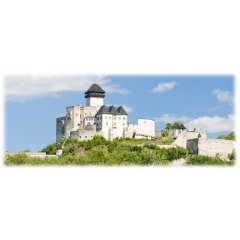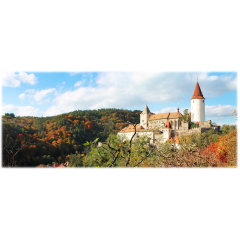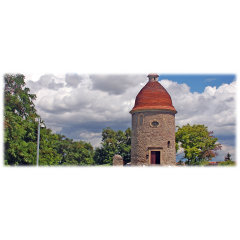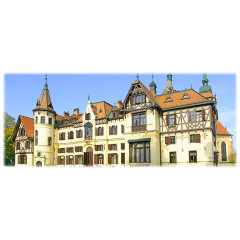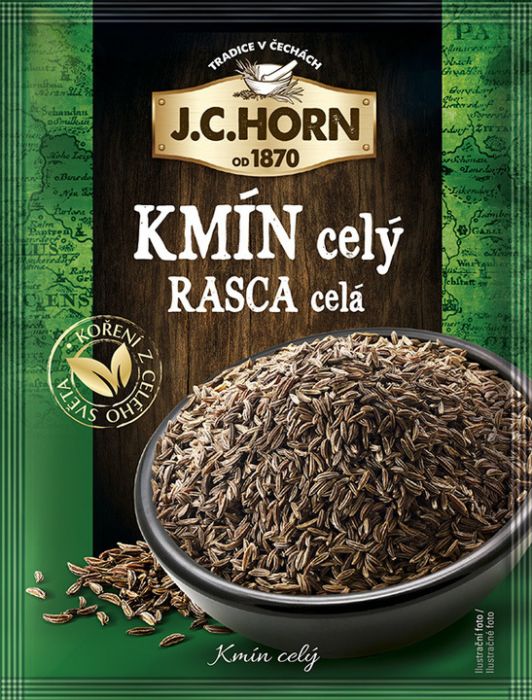Podunajsko
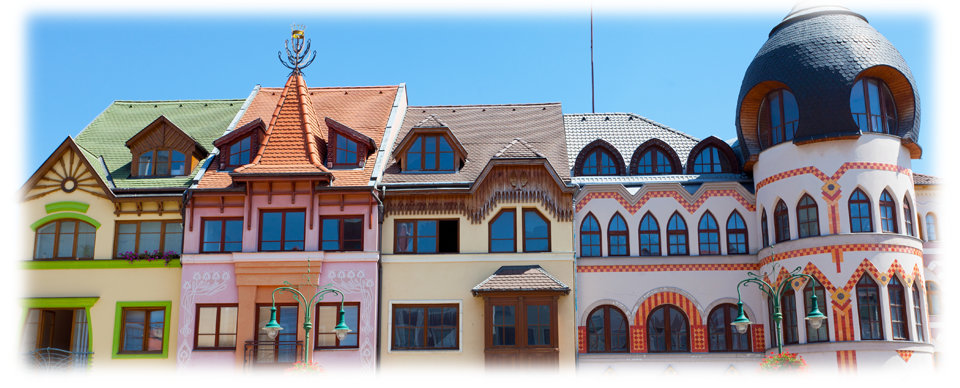
About Region
The Slovak Danube region is located in the south western part of the country. The region is in fact the Danube's biggest island, which stretches from the capital Bratislava to the confluence of the Váh and Danube. It is not just the biggest river island in Europe, but also the most fertile and warmest region in Slovakia: a special environment created by the Danube and Malý Dunaj, or "Small Danube", with their innumerable winding side branches and streams. The lowland Podunajská nížina covers the prevailing part of this region. The Slovak Danube region boasts not only a unique natural environment with many rare animals, plants, and historic boat-mills, but also the largest subterranean fresh water reserves in central Europe. Tourism is the industry, which markedly develops in the Danube region. It concentrates above all in environs of towns with occurrence of hot springs where the out-door swimming pools open the whole year round (such as Dunajská Streda, Veľký Meder, Štúrovo, Komárno a Patince). Another attraction is sailing on the Danube on holiday boats and water tourism. As far as the ethnic structure is concerned, the Hungarian ethnicity predominates at present in this part of the country (Dunajská streda, Nové Zámky,Komárno). The THERMALPARK in Dunajská Streda belongs among the most popular and the most visited recreational resorts of the Rye Island. The healing thermal water, a park, a lakelet, pools, a restaurant, buffets, a hotel, pension and a camp – this all is offered by it to its visitors who long for careless relax and fun.
History
This dense network of river channels has determined life in the area since ancient times. Komárno, with its confluence of strong watercourses, proved a point of great defensive strength over the centuries. The ancient Romans fortified it, and in Magyar history and the Austro-Hungarian period Komárno remained a noted strongpoint; there is a record of fortification at the time of Matthias I Corvinus (1443–90), during the critical defense of Germanic Europe against the Turks (1526–64), and in the late 17th and early 19th centuries. In 1848–49 Komárno was held by the Magyar nationalist forces, and it was the refuge for the Austrian National Bank treasure in 1866, when Vienna was threatened by the Prussians. Dunajská Streda was first mentioned in a written document in 1283. In the 15th century it was chartered as a market town. From the early 19th century until World War II it was a centre of Jewish intellectual and economic life. Until 1918 the town belonged to the kingdom of Hungary. After World War I it became part of Czechoslovakia. The fortress in Nove Zamky resisted the various military expeditions until the arrival of the Ottomans. They settled there for long 22 years, during which the city suffered greatly and was under constant oppression.
City to know about
Nové Zámky is located in the southern part of western Slovakia serving as an important crossroad of the south of Slovakia. It is not only the biggest town of the region of Podunajsko, but also the cultural centre of the region. From March to May, the series of concerts in the framework of Novozámocká hudobná jar (Musical Spring of Nové Zámky) are organised, International Festival of Alternative Arts or the Days of the European Cultural Heritage are both held in September, while the October Festival of Jazz is also worth to visit. History of Nové Zámky started to be written in the Middle Ages, where the originally four medieval villages Nyárhíd, Gug, Györök and Lék gradually connected to the city. On the right bank of the river in 1545 a new hexagonal fort was built of stone, which was one of the most advanced fortifying structures of Europe of that time. Nové Zámky became a center of defense against the Turks during the 16th and in early 17th century and for a while the town was considered one of the best fortresses of the Habsburg Monarchy. However, the forts have been destroyed. Among the most significant historical monuments is the Roman Catholic Church built between 1584 and 85. Originally, the church was a simple neo-Gothic construction, which has been rebuilt several times.
Nature
Despite the fact, that the Danubian Plain is intensively used for agricultural production, there were preserved amount of valuable natural areas. Range of types of environment in the Danube lowland and in regions of Danube are very rich. In addition to major rivers such as the Danube, Váh, Hron, Nitra also the smaller rivers like Žitava or streams Chrenovka and Paríž shape the country. Besides them there are wetlands that by its significance exceed national importance and their protection is needed in the European scale. The steppe and lowland character of the country with agricultrual field and meadows or pastures (small extent) provides habitat for many steppe species which belong as a result of intensive farming between the rare species fauna and flora. Between the rarest birds are for example Red-footed Falcon or Eurasian Roller.


